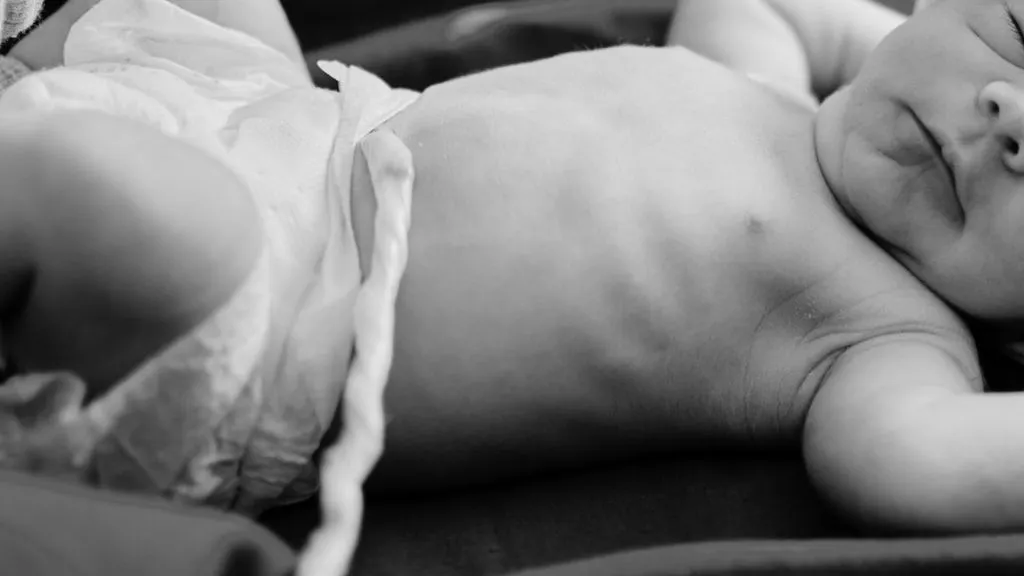Delayed cord clamping: Why it's worth the wait
When it comes to childbirth and the various decisions that need to be made, there are many factors to consider. One such decision is the timing of cord clamping, which involves cutting the umbilical cord after the baby is born. Understanding what delayed cord clamping entails, the function of the umbilical cord after birth, and being aware of potential post-birth emergency care can be helpful in making an informed decision. Keep reading to learn more about these important topics.
Read time: 3 m
Verified by Jenny Jansson
Certified midwife
What does cord clamping mean?
Cord clamping is the process of cutting or tying off the umbilical cord after the baby is born. Traditionally, cord clamping has occurred shortly after birth, but recently, a method known as delayed cord clamping has become more common. With delayed cord clamping, the cord is left for a few minutes before being cut, allowing time for the transfer of blood and nutrients from the placenta to the baby.
The role of the umbilical cord after birth
The umbilical cord serves as a lifeline between the placenta and the fetus during pregnancy. It supplies the fetus with the oxygen and nutrients necessary for its growth and development. After birth, the umbilical cord continues to play a crucial role during the first few minutes. Delayed cord clamping allows the baby to benefit from the additional blood and iron transferred from the placenta.
Something to consider before birth and perhaps include in your birth plan?
As an expectant mother, it can be beneficial to make preparations and considerations before childbirth. One of these considerations may involve whether and when you'd like to opt for delayed cord clamping. Writing down your thoughts and preferences in your birth plan can be a way to communicate your choices. Remember that discussing your preferences with your doctor or midwife is important to be aware of any medical factors that could influence the decision.
Delayed cord clamping after a cesarean section (C-section)
Even after a C-section, delayed cord clamping can be an option. There might be specific circumstances where delayed cord clamping is feasible and beneficial, even in the case of a C-section. It's essential to have an open dialogue with your healthcare provider to determine if this is a viable option for you and your baby.
If the baby requires emergency care after birth
In some cases, the baby might need immediate medical attention after birth, which could affect the timing of cord clamping. If the baby requires urgent medical care, it might be necessary to cut the cord earlier than during delayed cord clamping. It's important to trust and follow the medical recommendations provided by the healthcare team to ensure the best possible care for the baby.
Understanding delayed cord clamping and making informed choices
Deciding on cord clamping is a personal matter that should be based on careful consideration and information. By understanding the concept of delayed cord clamping, the function of the umbilical cord after birth, recording your preferences, and being aware of potential medical factors, you can be better prepared and involved in the decision-making process regarding cord clamping. Remember to have a conversation with your midwife for further guidance and advice tailored specifically to your situation and your baby's needs.
Verified by Jenny Jansson
Certified midwife
Hundreds of related articles, podcasts & more waiting for you in the Preggers app.
Download Preggers today.

